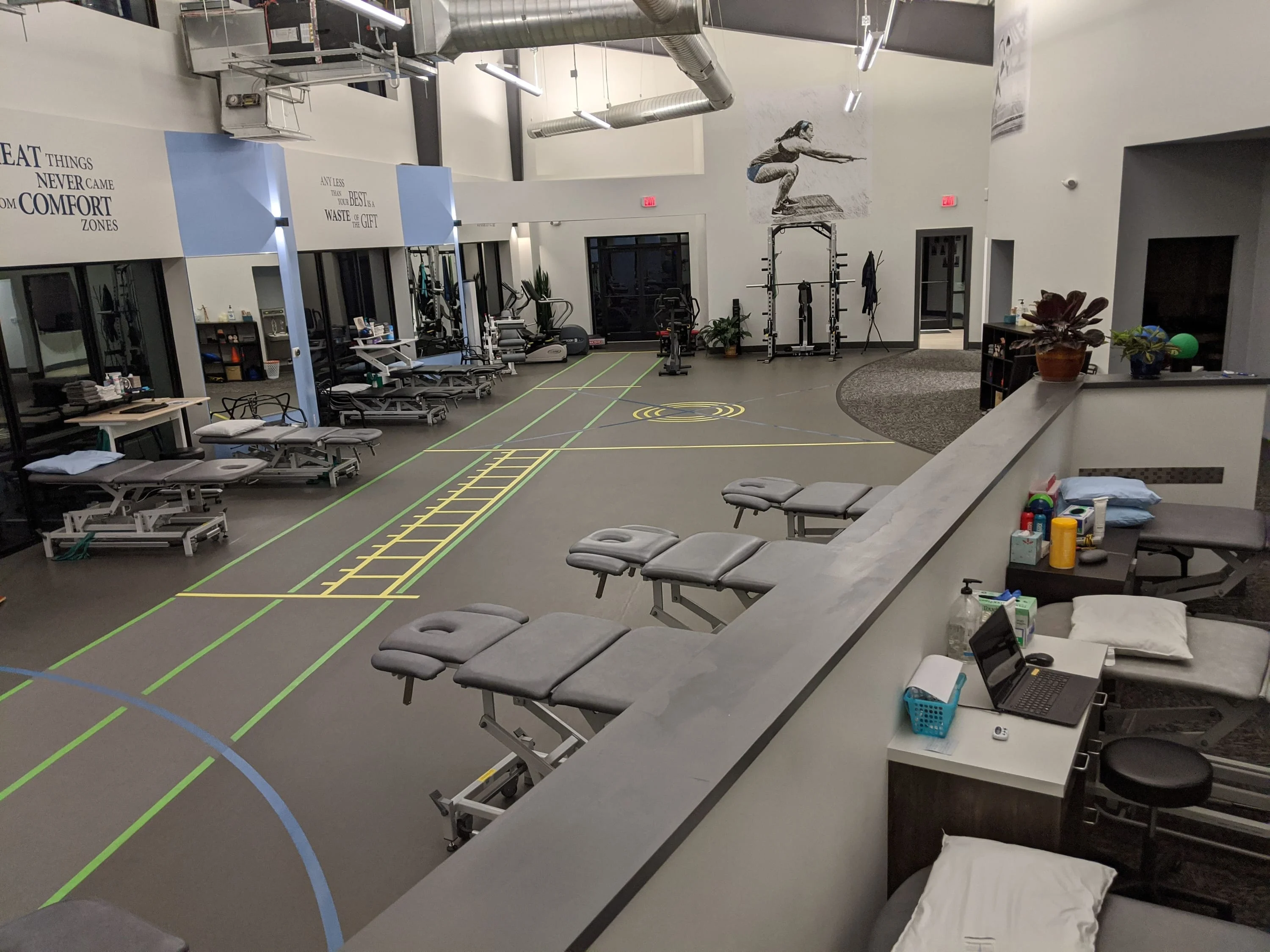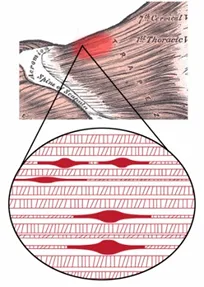Dry Needling Allows Faster Recovery by:
Releasing muscular trigger points and spasm- Improving Circulation - Reduce Effect of Over Training
Over training and injury activates trigger points and spasm that limits mobility and performance. Dry needling uses your bodies own reflexes to eliminate trigger points, improve circulation and maximize performance.
Many people have questions about dry needling if they’ve never had a treatment like it before. The truth is that dry needling can be a vital part of physical therapy. K2 Sports Therapy serves the areas of Charlotte, Mooresville, Lake Norman, Davidson, Statesville, Cornelius, and Huntersville, NC, offering the highest level of physical therapy care provided by our experienced sports physical therapists.
What Is Dry Needling?
Dry needling is a technique used by certified physical therapists. It involves inserting sterile, metallic needles through the skin into the body’s muscles at a superficial or deep tissue level to activate healing.
The needles are not inserted randomly, but rather, physical therapists target hyperirritable myofascial trigger points. These trigger points may be active or passive, affecting our range of motion and causing the patient pain.
Does Dry Needling Hurt?
One of the main questions we get about dry needling is whether it hurts. It is true that you may feel a slight pinch or some discomfort when the filament needle is inserted, but it is temporary. You may also feel pain if the muscle twitches when the needle is inserted.
However, most patients feel only mild discomfort at worst during the dry needling session, which lasts about 20 minutes. You are more likely to have muscle aches or soreness afterward, like the discomfort you feel after a heavy physical workout.
Benefits of Dry Needling
The physical therapists at K2 Sports Therapy serving Mooresville, NC, and the surrounding Lake Norman area specialize in sports rehabilitation but also provide post-surgical therapy and temporomandibular joint (TMJ) treatments. After a complete assessment and review of your medical history, you will receive a comprehensive plan to help get your body back into peak physical condition.
This may include dry needling, which works in the following ways:
- Stimulating blood flow to the affected area to promote healing.
- Release muscle tightness or spasms to improve your range of motion.
- Activate nervous responses to restore hemostasis and reduce pain.
- Reduce the pain being experienced by hyperirritable spots by releasing the tension.
- Reducing inflammation with natural pain relief
Notes About Dry Needling
Dry needling is only suitable for certain patients. If you are afraid of needles or have specific contraindications, your physical therapist may offer alternative solutions. Additionally, before any dry needling sessions, you must ensure that you are receiving treatment from a certified dry needling practitioner. Several of our physical therapists are dry needling certified, and you will only receive dry needling from these team members.
Contact Us!
For quality physical therapy from our experienced therapists, including dry needling from certified professionals, contact the team at K2 Sports Therapy serving Charlotte, Mooresville, Lake Norman, Davidson, Statesville, Cornelius, and Huntersville, NC, by calling 704 360 2595 now!
What are Trigger Points?
Trigger points are tight bands of muscle fibers that occur naturally after an injury or as a result of over training. They restrict mobility, compress blood vessels and cause pain. Trigger points are key points of control that can activate or relax muscles.
Trigger Points
Why Exercise After Needling?
Dry Needling eliminates restrictions caused by muscular trigger points. This allows muscles to work with less restriction. Exercising directly after treatment will reinforce movement patterns in a greater range of motion. This is critical in developing muscle memory.
Watch this video to learn even more...
Sport Performance before Competition
For an athlete to achieve maximal performance they accelerate their body through their fullest range of motion. Skills such as throwing, batting, running, swimming, jumping and kicking all improve with greater mobility. When muscular trigger points are present they add resistance to movement. Your body is working against itself much like driving a car with the emergency brake on. Dry needling eliminates these trigger points giving athletes more freedom of movement, speed and power.
Blood Flow and Recovery after Competition
How do tight muscles affect your body? Muscles are made of small fibers that contract. After an injury or over training these fibers often stay contracted in tight bands known as trigger points. Trigger points increase tension throughout the muscle. This additional muscle tension restricts mobility and blood flow. Left untreated athletes experience delayed recovery.



